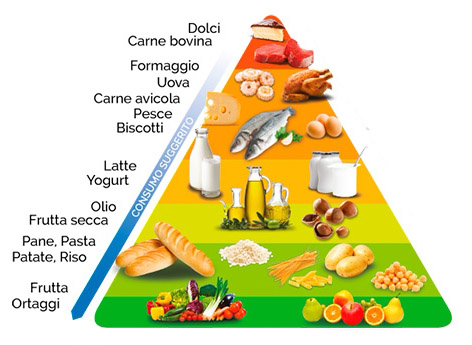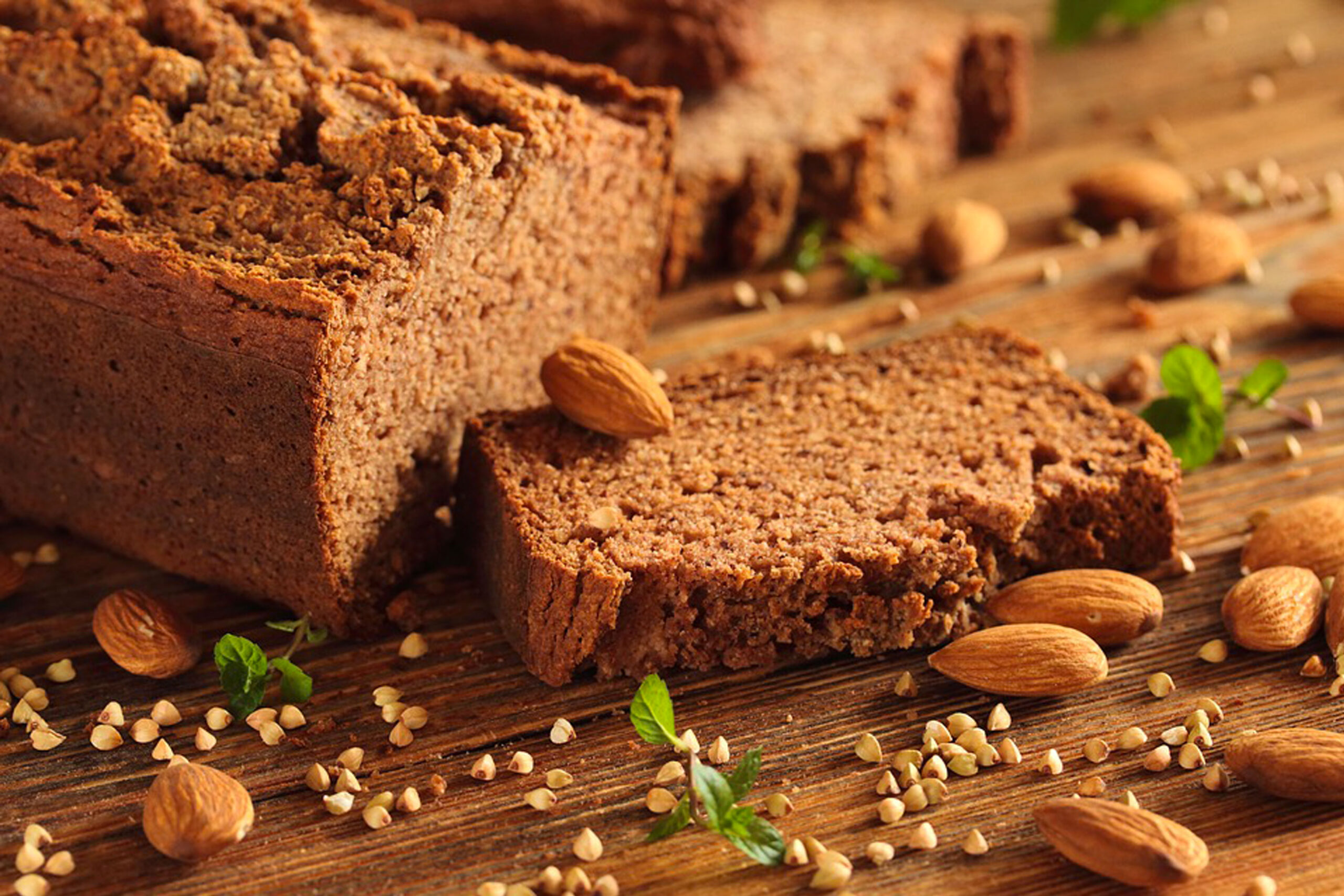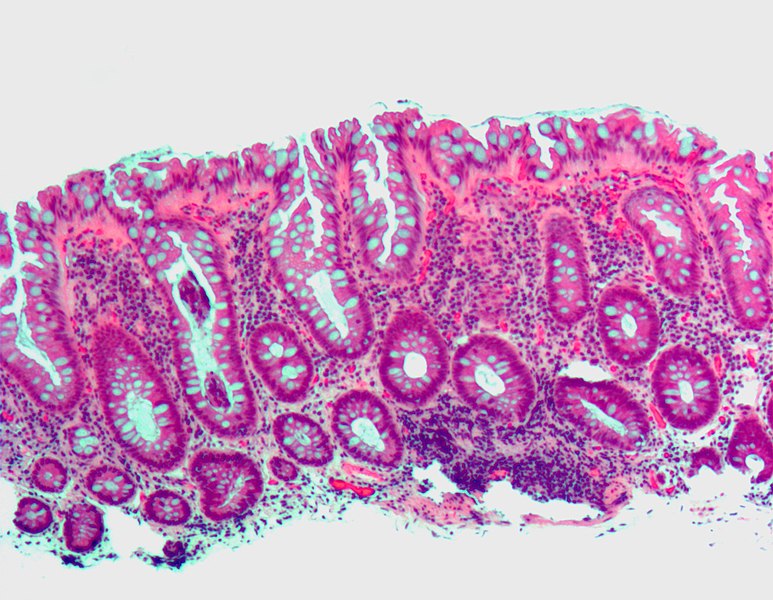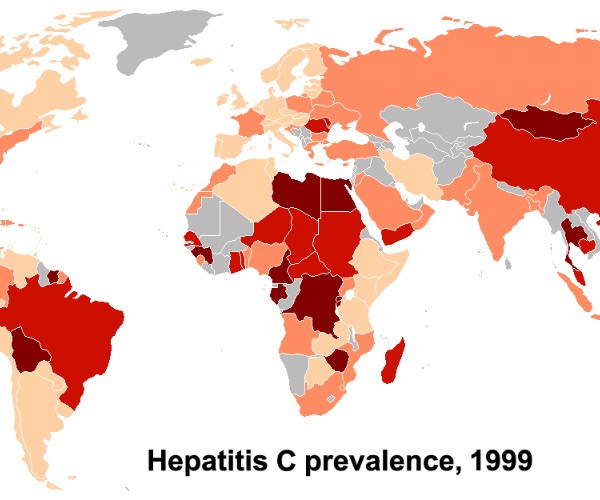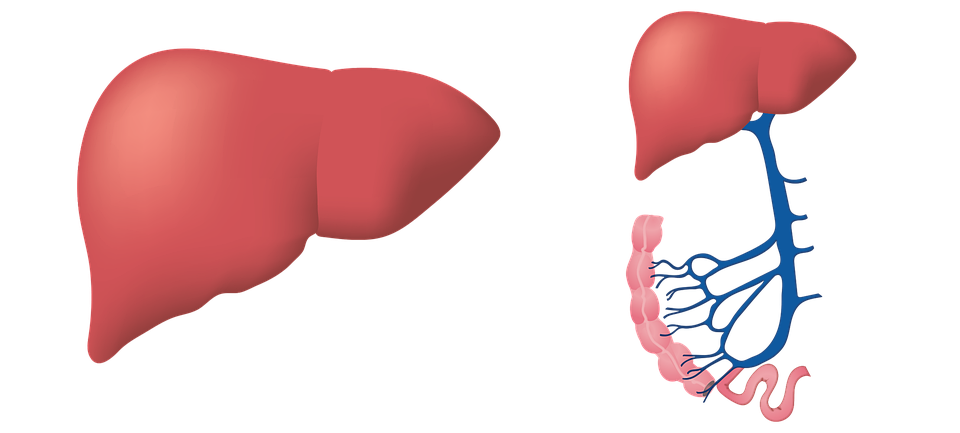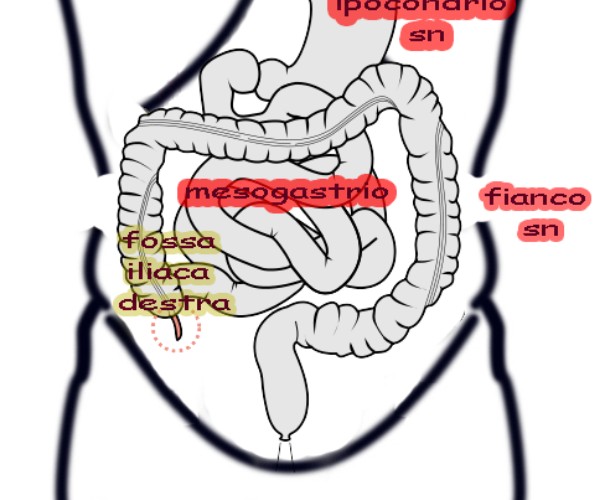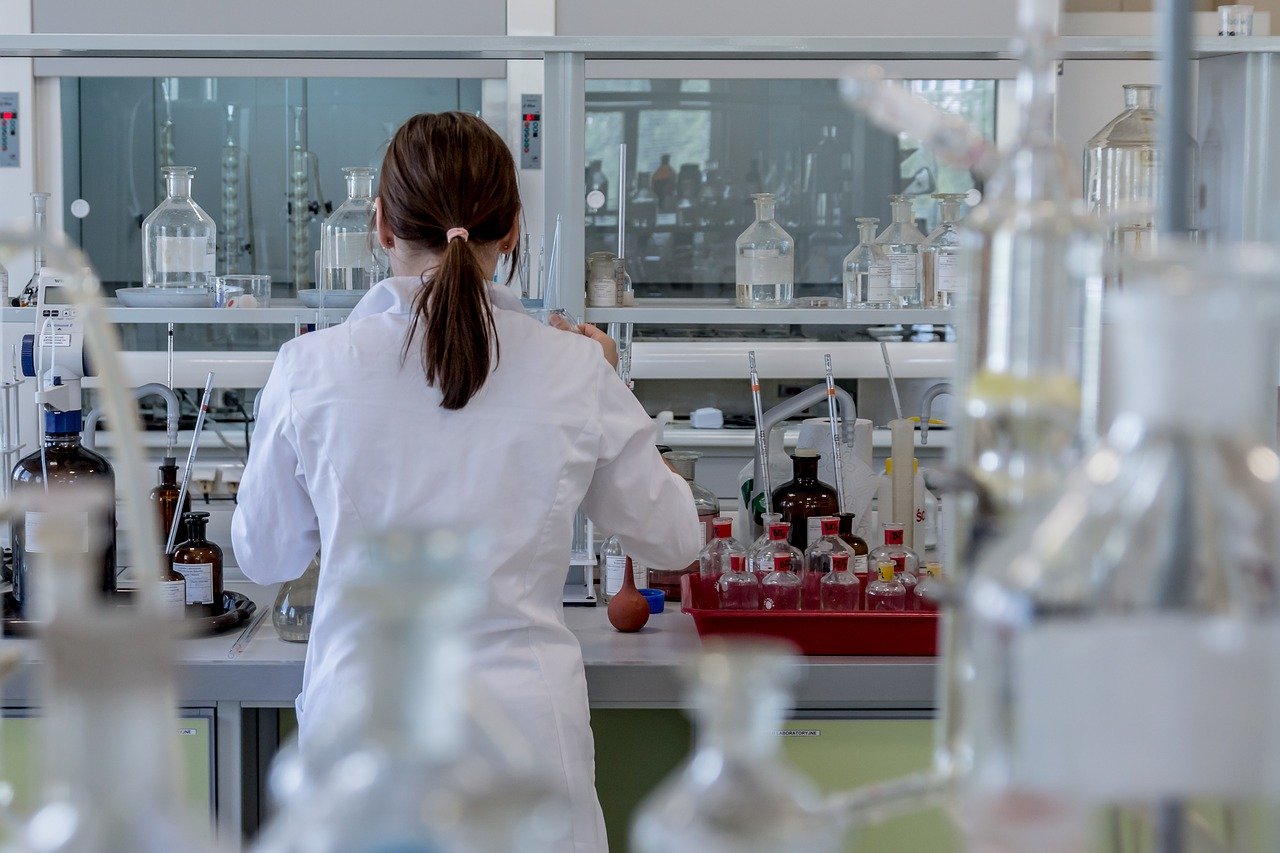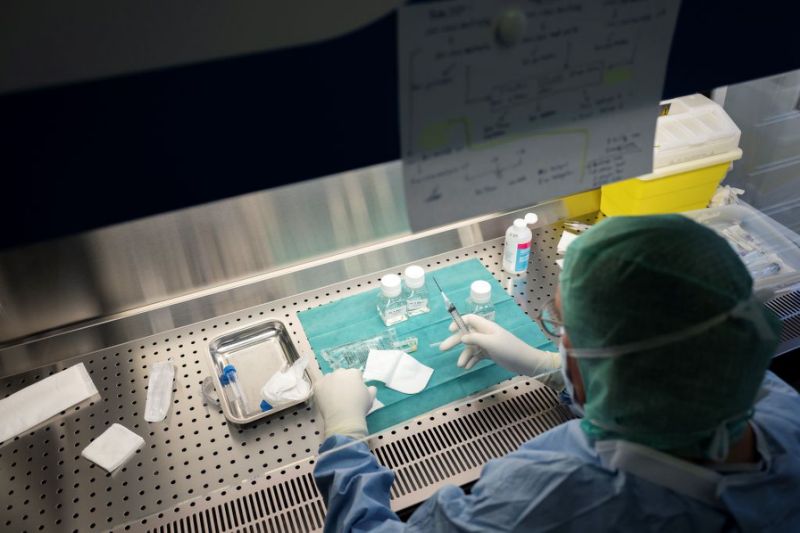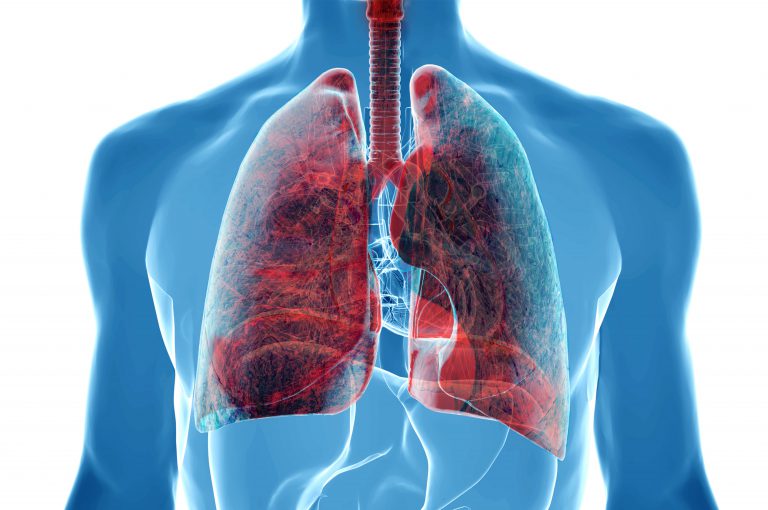Not all fats are harmful and enemies of the body: there are two that are particularly important indeed essential: linoleic acid (also known as Omega6) and alpha-linolenic acid (Omega3), which are essential for keeping the human body in good health.
Let’s take a closer look at what these so-called essential fats actually are and why they are so important for the human body. From Omega3 and 6 (also known as vitamin F) the body is able to synthesize other fatty acids of the Omega3 family or the Omega6 series. These fatty acids are critical for growth, hemoglobin synthesis, coagulation, capillary fragility (in fact, they promote vessel elasticity), energy production, a decrease in bad cholesterol (LDL), total cholesterol, and triglycerides, and cellular and mitochondrial membrane health. They also possess anti-inflammatory, antithrombotic and antiatherogenic action.
Essential fatty acids, as the human body is unable to synthesize them on its own, must necessarily be introduced into the body through a targeted and conscious diet, also to counteract the cardiovascular diseases that our friends are capable of fighting. Let’s also try to find out the other benefits that a proper intake of essential fatty acids can bring to the human physique.
Omegas, in particular, extend life. According to some scientific studies, adequate consumption of Omega3 would significantly reduce the risk of mortality; Omega3 would prevent depression, be useful in the fight against cancer diseases such as breast cancer, help defeat annoying migraines and colitis, and accentuate the natural shine of hair. Enemies of stress and fatigue, linoleic acid and alpha linolenic acid protect the heart, the entire cardiovascular system, and even the skin. Let us now see what the preferred sources of these fatty acids are. Nature provides us with numerous plant-based foods that contain large amounts of Omega3. For example, we can find a good source of Omega3 in flaxseeds, walnuts, flaxseed oil, soybeans, tofu, algae, chia seeds, pumpkin seeds, and dark green leafy vegetables. Ideally, you should take one to two servings a day of Omega3, keeping in mind that one serving is equivalent to 3 walnuts (i.e., 30 grams, enough intake for the entire day), one teaspoon of flaxseed oil or three teaspoons of flaxseed (important is to grind them to promote proper intake).
Vegetable oils, on the other hand, are great mines of Omega-6, particularly olive oil, sesame oil, sunflower oil, corn, peanut oil, wheat germ and in the controversial palm oil. Legumes, nuts and cereals also support linoleic acid intake. Having ascertained, then, that essential fatty acids are very important for the human body, there is, however, one clarification to keep in mind in order not to incur undesirable effects on our health. Omega3 cannot transform into Omega6, just as the reverse is not possible; yet both acids use the same enzymatic system to create derivatives of their respective families. Here then, to avoid damage to the body’s health, care must be taken so that an exaggerated intake of Omega3 does not interfere with the formation of Omega6, as well as the reverse.
In particular, scientific studies in recent years have pointed out that it is increasingly important not to consume large amounts of Omega6, which could increase the formation of “harmful” eicosanoids for health. Omega6s are not to be demonized, so it is not the case that we should start yet another witch hunt by following current fads, but there is a possibility that they may become harmful if consumed in excess of Omega3s. According, then, to health professionals, the Omega3/Omega6 ratio should be 1:2 or 1:4 and not 1:10 as it stands today. Omega-6-rich vegetable oils, by the way, are one of the basic ingredients in many packaged and industrially used sweet and savory baked goods: the risk, therefore, of consuming excessive and disproportionate amounts of linoleic acid is real. The important thing is to follow a healthy and proper diet, being very careful to take in those essential doses of Omega3s that are healthy and essential for our bodies.
by Raw Style




